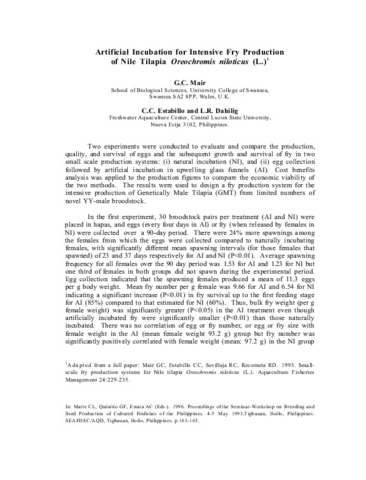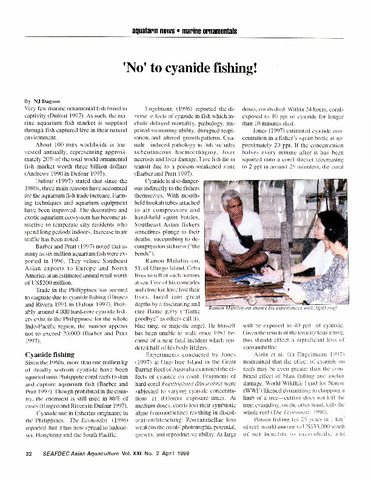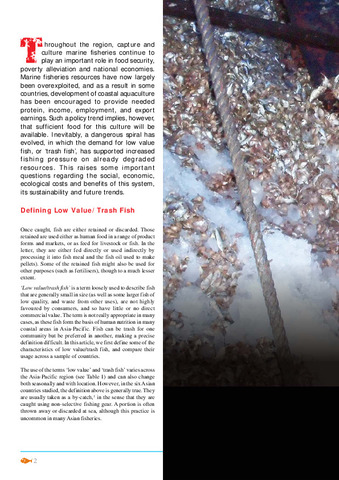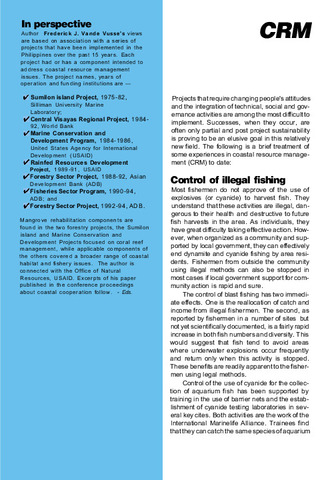Artificial incubation for intensive fry production of Nile tilapia Oreochromis niloticus (L.)
Share
Abstract
Two experiments were conducted to evaluate and compare the production, quality, and survival of eggs and the subsequent growth and survival of fry in two small scale production systems: (i) natural incubation (NI), and (ii) egg collection followed by artificial incubation in upwelling glass funnels (AI). Cost benefits analysis was applied to the production figures to compare the economic viability of the two methods. The results were used to design a fry production system for the intensive production of Genetically Male Tilapia (GMT) from limited numbers of novel YY-male broodstock.
Suggested Citation
Mair, G. C., Estabillo, C. C., & Dahilig, L. R. (1996). Artificial incubation for intensive fry production of nile tilapia Oreochromis niloticus (L.). In C. L. Marte, G. F. Quinitio, & A. C. Emata (Eds.), Proceedings of the Seminar-Workshop on Breeding and Seed Production of Cultured Finfishes in the Philippines, Tigbauan, Iloilo, Philippines, 4-5 May 1993 (pp. 163-165). Tigbauan, Iloilo, Philippines: Aquaculture Department, Southeast Asian Fisheries Development Center.
Subject
Related items
Showing items related by title, author, creator and subject.
-
'No' to cyanide fishing!
Dagoon, N. J. (Aquaculture Department, Southeast Asian Fisheries Development Center, 1999) -
Prized commodity: Low value/trash fish from marine fisheries in the Asia-pacific region
Staples, Derek; Funge-Smith, Simon (Secretariat, Southeast Asian Fisheries Development Center, 2005)The use of the terms 'low value' and 'trash fish' varies across the Asia-Pacific region and can also change both seasonally and with location. This article defines low value/trash fish as 'Fish that have a low commercial ... -
CRM in the Philippines: Lessons learned
Southeast Asian Fisheries Development Center, Aquaculture Department (Aquaculture Department, Southeast Asian Fisheries Development Center, 1996)Philippine coastal communities can become capable fishery resource managers and that their management practices can become largely self-sustaining if the project approach focuses on assisting fishermen to learn how to help ...





